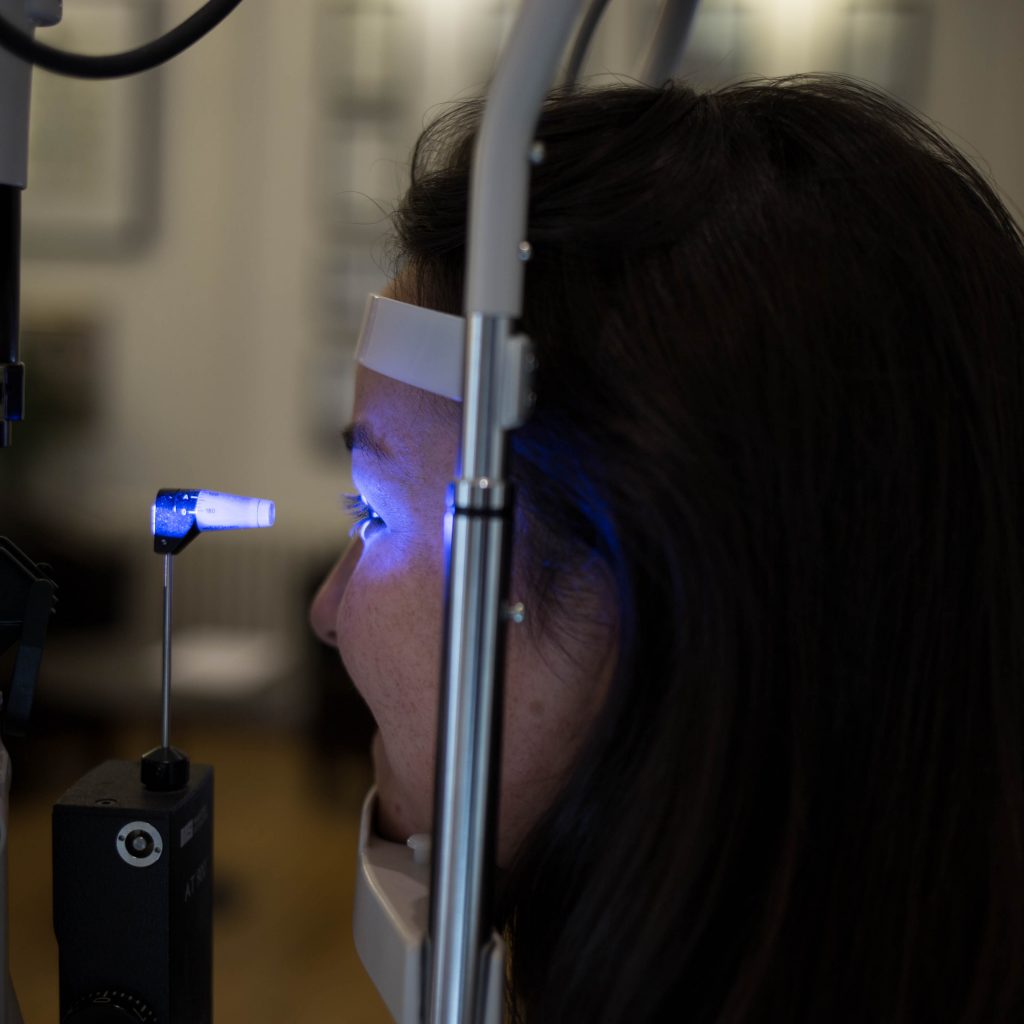PRK, LASEK, LASIK, SMILE… What do they all mean?

Laser Eye Surgery is one of those things many people shut down without a second thought.
At first glance, when looking into the idea of Laser Eye Surgery, it can be pretty overwhelming with many things to consider, including the various abbreviations of treatments: PRK, LASEK, LASIK, and SMILE.
We think it’s pretty simple. Knowledge is key.
To understand Laser Eye Surgery, first understand the eye
The cornea — the transparent window of the eye — is made up of three main sections: the epithelium, stroma, and endothelium.
The epithelial tissue is the eye’s outermost barrier to the elements. It possesses an incredible ability to recover and repopulate its cells after damage. The ‘stromal’ tissue of the cornea is the permanent, fibrous layer underneath the epithelium. And lastly is the endothelium, the final and the innermost layer of the cornea that is responsible for keeping the cornea clear by pumping water seeping into the stroma out of the cornea.
All Laser Eye Surgery treatments work their magic by altering the ‘stromal’ tissue. But as the stroma sits in the middle of the cornea, it’s first necessary to pass through the epithelial cells that make up the outer layer. The four main types of Laser Eye Surgery can be categorised by their method to travel through the outer layer of epithelial cells.
PRK: The first of its kind
In PRK, the outer layer of cells is removed entirely to access the stromal tissue underneath. Once the stroma is reshaped, and the treatment is complete, the epithelium needs to repopulate the surface. The patient wears a soft contact lens to protect the stroma until the epithelium has recovered, which takes about 4-5 days.
LASEK: Let’s loosen things up
LASEK is a very similar procedure to PRK. However, in LASEK, rather than remove the epithelium entirely, it’s loosened with an alcohol solution and pushed to one side. After the permanent layer is adjusted, it is draped back to its original position.
Again, a contact lens is applied, and a whole new layer of cells repopulates the surface aided by the original epithelial layer, hopefully shortening the recovery time.
LASIK: A doorway to the stroma
LASIK introduced quicker healing time and a more efficient method of passing through the surface and quickly became the most common form of Laser Eye Surgery.
In LASIK, a flap is created that includes the epithelium and a small part of the stroma. This is folded back to expose the stromal layer. After removing the set amount of stromal tissue, the flap is returned to its original position. The natural processes of the eye immediately get to work with the epithelium sealing the edges of the flap overnight. The rest of the epithelial layer is unaffected, so the recovery time is much faster than PRK or LASEK.
SMILE: A more subtle approach
SMILE is the latest generation of Laser Eye Surgery, and, much like LASIK did, it represents a significant leap forward in refractive surgery.
In SMILE, there’s no need to remove or push aside the epithelium and no need to cut a flap. Using the incredibly accurate VisuMax laser, SMILE reaches the stromal tissue via a tiny keyhole incision.
Once a precise amount of tissue is removed through this incision, the procedure is complete. The epithelium only needs to seal the opening of the small incision, which happens overnight, as for LASIK.
Don’t let marketing or medical-speak get the better of you; check out our glossary of Laser Eye Surgery terminology and make sure you go into your next consultation ready for anything they throw at you.
If you’d like to find out more about your eyes or book a consultation with us, call us on 020 7224 1005.


